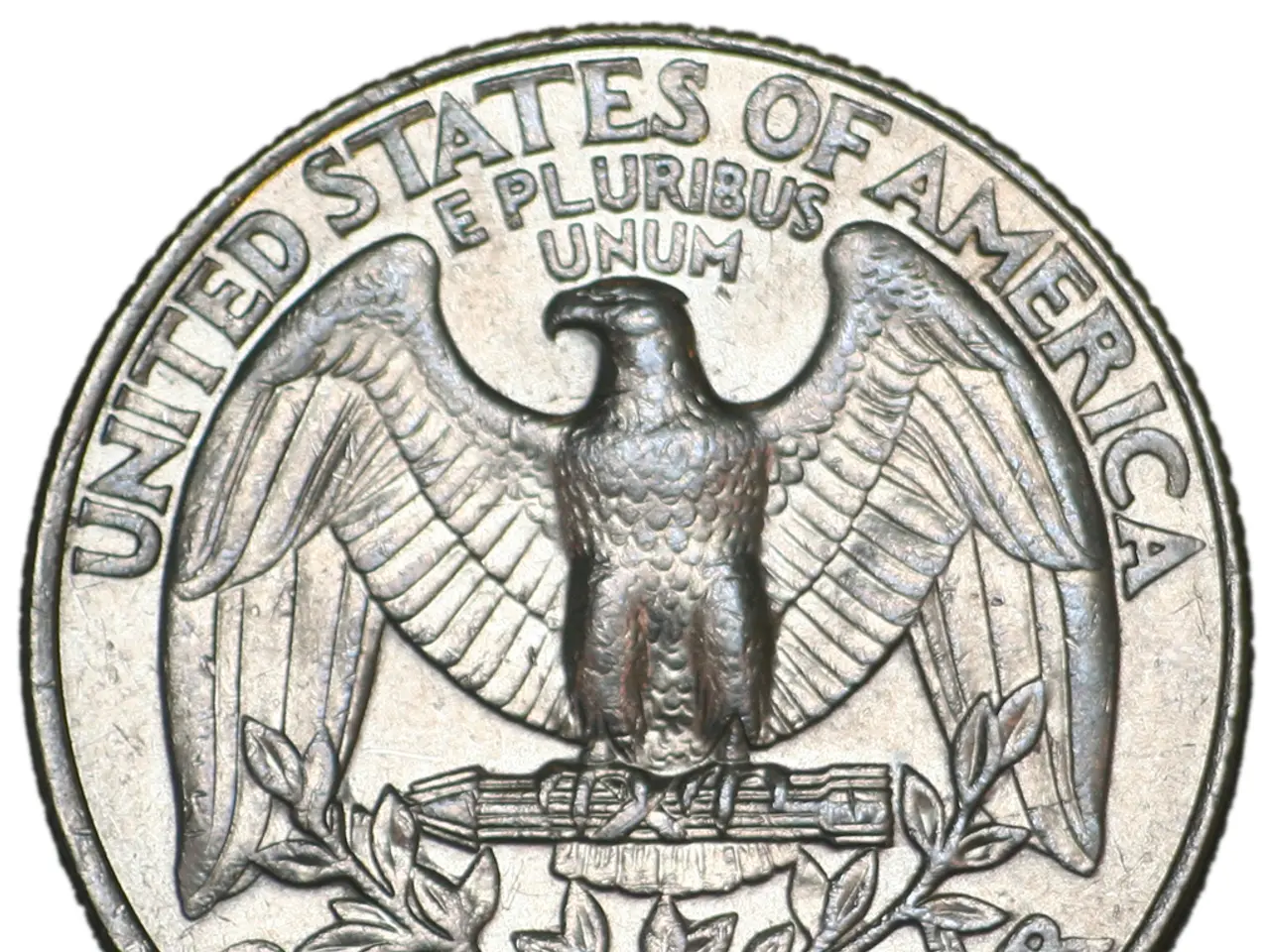Second-hand market experiences a boost with Poshmark's initial public offering, showcasing a revved-up resale industry
Poshmark, a popular resale platform for fashion and home goods, made a splash on Nasdaq with its initial public offering (IPO) earlier this year. The company priced its shares at $42.00 each, and by the close of trading on Thursday, they had surged over 140% to reach $101.50.
With over 70 million registered users across the U.S. and Canada, the majority of whom are millennials or Gen Z, Poshmark has a significant presence in the resale market. The platform's success, along with other resellers like ThredUp, underscores the growing demand to participate in resale.
Poshmark's performance on Nasdaq has been positively impacted by the pandemic-driven shift in consumer buying behavior. The pandemic accelerated online shopping and increased demand for resale platforms like Poshmark, as people turned to selling and buying secondhand goods through online channels and apps to both earn income and shop sustainably.
The company's valuation at its Nasdaq debut five years ago surpassed $7 billion, reflecting strong investor confidence partly driven by the expanding resale market. The pandemic has further boosted this trend, with more than half of consumers expecting to spend more money on secondhand fashion over the next five years.
Poshmark's revenue for the first nine months of the year came to nearly $193 million, up 28% year over year. This growth is partly due to the introduction of Posh Stories, a feature that allows users to make and share shoppable content for their listings, and the expansion into the home category in June 2019.
Retailers are also tapping into shopper data to open up new opportunities. Consumer data is becoming more readily available for retailers, and Poshmark is no exception. This data can help the company understand consumer preferences and tailor its offerings to meet demand.
As the secondhand fashion segment is anticipated to reach $44 billion in sales by 2029, it's clear that Poshmark is well-positioned to continue its growth. The company is trading under the symbol POSH on Nasdaq.
- The increased demand for resale platforms, as a result of the pandemic-driven shift in consumer buying behavior, has positively impacted Poshmark's AI-driven editorial recommendations, enhancing user experience and boosting sales.
- In the financial realm, the pandemic has not only boosted Poshmark's trade but also encouraged other resellers to invest in technology, implementing advanced systems to streamline operations and accommodate the surge in demand.
- With the growing interest in sustainable living and lifestyle, Poshmark's fashion category has thrived during the pandemic, reflecting the shift towards healthier and environmentally-friendly alternatives in consumer choices.
- As the pandemic continues to reshape the retail landscape, Poshmark's foray into the home category is expected to capitalize on the rise in remote work and the trend for home improvements, positioning the company well in the coming years.




